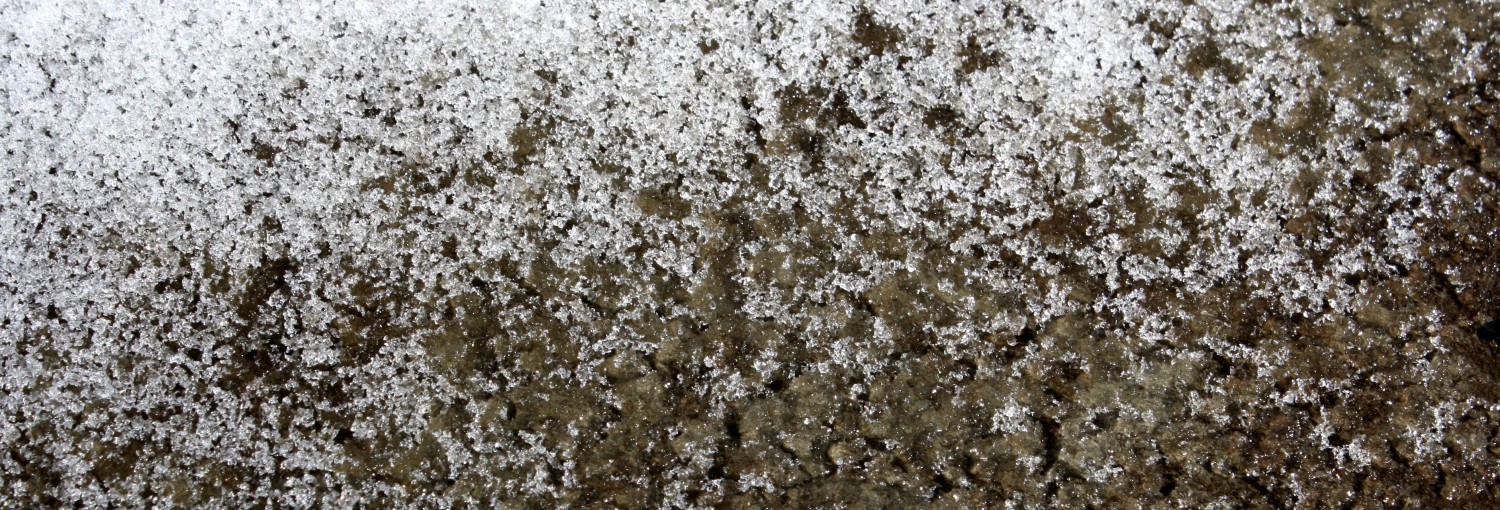 Full Citation: , et al. (2017), Quantifying black carbon deposition over the Greenland ice sheet from forest fires in Canada, Geophys. Res. Lett., 44, 7965–7974, doi:10.1002/2017GL073701.
Full Citation: , et al. (2017), Quantifying black carbon deposition over the Greenland ice sheet from forest fires in Canada, Geophys. Res. Lett., 44, 7965–7974, doi:10.1002/2017GL073701.
Abstract: Black carbon (BC) concentrations observed in 22 snowpits sampled in the northwest sector of the Greenland ice sheet in April 2014 have allowed us to identify a strong and widespread BC aerosol deposition event, which was dated to have accumulated in the pits from two snow storms between 27 July and 2 August 2013. This event comprises a significant portion (57% on average across all pits) of total BC deposition over 10 months (July 2013 to April 2014). Here we link this deposition event to forest fires burning in Canada during summer 2013 using modeling and remote sensing tools. Aerosols were detected by both the Cloud-Aerosol Lidar with Orthogonal Polarization (on board CALIPSO) and Moderate Resolution Imaging Spectroradiometer (Aqua) instruments during transport between Canada and Greenland. We use high-resolution regional chemical transport modeling (WRF-Chem) combined with high-resolution fire emissions (FINNv1.5) to study aerosol emissions, transport, and deposition during this event. The model captures the timing of the BC deposition event and shows that fires in Canada were the main source of deposited BC. However, the model underpredicts BC deposition compared to measurements at all sites by a factor of 2–100. Underprediction of modeled BC deposition originates from uncertainties in fire emissions and model treatment of wet removal of aerosols. Improvements in model descriptions of precipitation scavenging and emissions from wildfires are needed to correctly predict deposition, which is critical for determining the climate impacts of aerosols that originate from fires.
